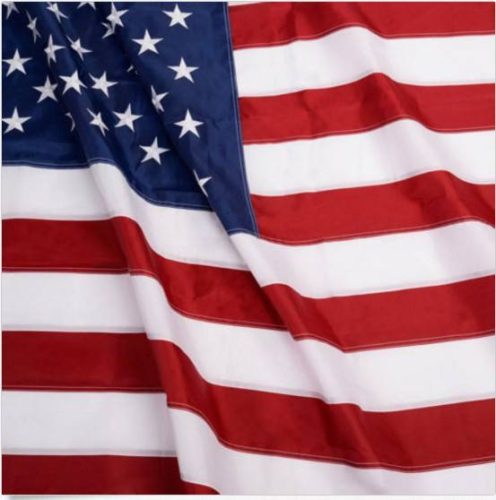The inspirations behind a country’s flag design can vary widely, depending on the historical, cultural, and political context in which the flag was created. Here are some common inspirations behind country’s flag design:
- National symbols: Many flags incorporate national symbols and emblems, such as animals, plants, or mythical creatures, that represent the country’s identity or heritage. For example, the eagle on the flag of the United States is a national symbol that represents freedom and strength.
- Historical events: Some flags are inspired by historical events or figures, such as the French Tricolor, which was inspired by the colors of the French revolution, or the Mexican flag, which features an eagle and a serpent in reference to a legend about the founding of Mexico City.
- Geographical features: The landscape and natural features of a country can also inspire flag designs. For example, the blue and white of the Greek flag represents the sea and sky, while the green and white of the Pakistani flag represents the country’s forests and fields.
- Religious and cultural beliefs: Religion and culture can also play a role in flag design. The crescent moon and star on the flag of Turkey are a symbol of Islam, while the yellow and green on the flag of Brazil represent the country’s Portuguese heritage.
- Political ideology: Flags can also be inspired by political ideology or movements. For example, the hammer and sickle on the flag of the former Soviet Union represented the country’s communist ideology, while the red, white, and blue of the American flag represent the country’s democratic values.
These are just a few examples of the inspirations behind country’s flag designs. The design of a flag is often a complex and multifaceted process that reflects the history, culture, and identity of the country it represents.


